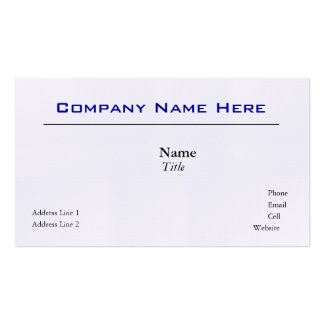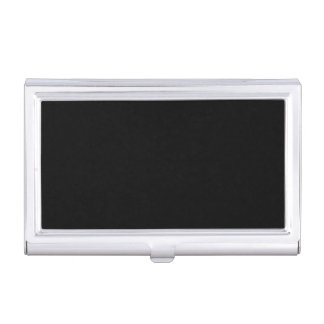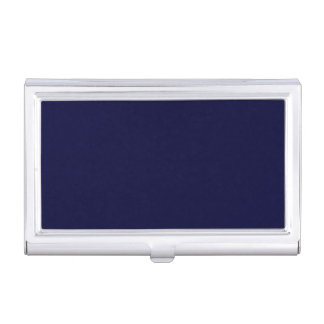Despite the views of those who herald them as dead, traditional brick and mortar stores still hold power.
However, in order to achieve this power, new life needs to be injected into these stores by bringing marketing technology in-house.
Many retailers still underestimate the value of their offline store. And even if the Internet is their biggest sales channel, offline stores offer many benefits that the online world cannot provide.
Therefore, what happens inside the walls of your store should be considered a key part of your multi-channel solution.
As the old adage goes, “retail is detail” and providing the customer with this detail as well as the latest marketing technology is a winning combination.
Luckily, for retail store owners, technology doesn’t have to be expensive. In many cases you can take advantage of the devices your potential customers are carrying around with them like their smartphones and tablets.
Here, we take a look at some of the ways you can bring marketing technology inside your store on a shoestring budget:
Unlike the Internet, your store can use sight, sound, smell, touch, and even taste to promote your brand.
If you’re selling a particular product, use technology to enhance the customer experience by adding QR codes to the labels of your products.
Accessing QR codes from their tablet or smartphone allows customers to engage with additional content surrounding the product including:
Translate the in-store experience online to show your customers that you are prepared to go the extra mile.
This means making customers feel like they are dealing with a knowledgeable human being, rather than a machine.
You want them to feel unique, special, and that you completely understand their specific situation.
To do so, you need to:
For example, last Christmas, Topshop put the power of Pinterest to good use when they created a Christmas gift guide in partnership with the platform.
The guide encouraged shoppers to pick and share their favorite gift ideas, and “most pinned item” tags were then hung on the most popular items in-store.
These devices are perfect for small business owners with a bit more cash on hand. iBeacons are small, bluetooth low-energy (BLE) devices that feature a self-contained power source.
You can place an iBeacon just about anywhere to transmit small amounts of information to a customer’s smartphone as soon as it comes into range.
iBeacons enable retailers to transmit advertisements, offers, and product information to those with compatible devices in close proximity to the store.
Ands best of all, iBeacons are relatively low-cost, starting around $50.
Macy’s has been successfully experimenting with this technology by alerting customers of special deals and offers who have the Shopkick app installed on their iPhones.
Although an online presence for your brick and mortar store is incredibly important, don’t underestimate the power of using marketing technology inside your retail store.
Using marketing technology in-house can help you outshine your competition, offer better customer service, and ultimately make more in retail sales.
Many retailers still underestimate the value of their offline store. And even if the Internet is their biggest sales channel, offline stores offer many benefits that the online world cannot provide.
Therefore, what happens inside the walls of your store should be considered a key part of your multi-channel solution.
As the old adage goes, “retail is detail” and providing the customer with this detail as well as the latest marketing technology is a winning combination.
Luckily, for retail store owners, technology doesn’t have to be expensive. In many cases you can take advantage of the devices your potential customers are carrying around with them like their smartphones and tablets.
Here, we take a look at some of the ways you can bring marketing technology inside your store on a shoestring budget:
1. Create an experience for the customer
Visiting your store should be an experience that provides customers the ability to engage more fully.Unlike the Internet, your store can use sight, sound, smell, touch, and even taste to promote your brand.
If you’re selling a particular product, use technology to enhance the customer experience by adding QR codes to the labels of your products.
Accessing QR codes from their tablet or smartphone allows customers to engage with additional content surrounding the product including:
- Detailed product information.
- Videos of the product being used.
- Recommendations for complementary products.
2. Offer a personalized experience online
You can easily gain a competitive edge over your larger online competitors by offering something they can’t –personalized customer service.Translate the in-store experience online to show your customers that you are prepared to go the extra mile.
This means making customers feel like they are dealing with a knowledgeable human being, rather than a machine.
You want them to feel unique, special, and that you completely understand their specific situation.
To do so, you need to:
- Email or call your customers when a product comes back in stock.
- Provide specific answers to customer queries rather than stock answers.
- Give recommendations on specific products or services.
3. Listen to social media
Social media also offers a platform in which you can listen to the opinions of your customers and put them to use. Similar to word of mouth recommendations, a ’like’ or ‘pin’ of a product shows the items that a customer favors.For example, last Christmas, Topshop put the power of Pinterest to good use when they created a Christmas gift guide in partnership with the platform.
The guide encouraged shoppers to pick and share their favorite gift ideas, and “most pinned item” tags were then hung on the most popular items in-store.
4. Target passing trade
Another area of current innovation is the use of iBeacons.These devices are perfect for small business owners with a bit more cash on hand. iBeacons are small, bluetooth low-energy (BLE) devices that feature a self-contained power source.
You can place an iBeacon just about anywhere to transmit small amounts of information to a customer’s smartphone as soon as it comes into range.
iBeacons enable retailers to transmit advertisements, offers, and product information to those with compatible devices in close proximity to the store.
Ands best of all, iBeacons are relatively low-cost, starting around $50.
Macy’s has been successfully experimenting with this technology by alerting customers of special deals and offers who have the Shopkick app installed on their iPhones.
Although an online presence for your brick and mortar store is incredibly important, don’t underestimate the power of using marketing technology inside your retail store.
Using marketing technology in-house can help you outshine your competition, offer better customer service, and ultimately make more in retail sales.






No comments:
Post a Comment